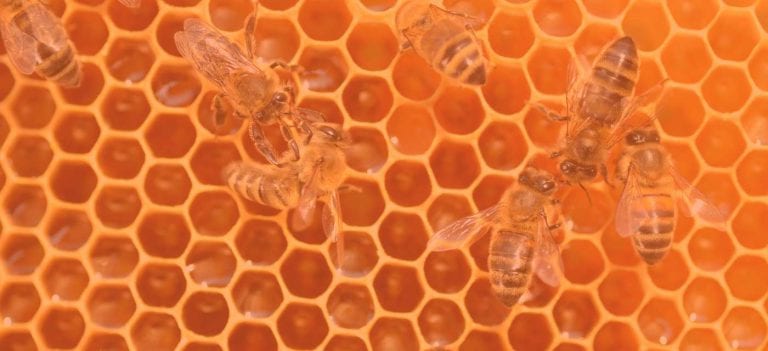Can a Home Remedy Help That Sting
September 5, 2017

As we enjoy time outdoors in the change of seasons, it’s important to remember that the last of those colorful blooms are designed to attract pollinators that may come with a prick. If you’re about to cut a bouquet, soak up the sweet smell of a blossom, or just heading out for some camping– keep careful watch to avoid getting stung by bees and other flying insects which are especially active this time of year. Stings can sometimes cause serious allergic reactions requiring immediate emergency treatment. However, if you don’t have an allergy, you may consider some of the following home-based treatments to help soothe the pain.
Bee Sting Remedies
Let’s explore some useful home remedies for stings from bees, wasps, hornets, and yellow jackets — and also discuss when you may need to seek medical treatment.
- Witch hazel. This appears to be an effective way to treat bee stings and insect bites at home. Apply witch hazel to the site of a bee sting. The treatment should help reduce pain, inflammation and itching. If you don’t have witch hazel in the home at the time, you can also try these other options below.
- Tea tree oil. Add a drop to a carrier oil (such as coconut oil or grapeseed oil that can be used to dilute essential oils) and apply it to the site. This natural antiseptic may decrease pain from bee stings.
- Baking soda. Mix baking soda with water to create a paste. This paste may serve to neutralize the bee venom. Apply a thick layer to the area and cover it with a bandage. Keep it on for 15 minutes or more, and reapply the paste as needed.
- Meat Tenderizer. Make a solution of four-parts water / one-part meat tenderizer. Leave it on the area for as long as 30 minutes.
When a person is stung by a bee, it is helpful to remove the stinger. A honeybee stinger can be removed with the edge of a credit card or even with your fingernail. Removing it quickly will help limit the release of toxins. The site of the sting also needs to be washed with soap and water. After this step, ice the area to reduce the absorption of venom and swelling.
A Remedy That Doesn’t Work
Think twice before considering a wet aspirin. A wet aspirin or aspirin paste has become a popular home remedy. However, a 2003 study indicates that the application of aspiring topically to wasp stings and bee stings did not help participants. The topical application appeared to increase redness and did not reduce the period of swelling or pain. Keep the aspirin in your cabinet, but avoid using it topically for bee stings.
Protect Yourself from Stings
Do your best to avoid getting stung in the first place.
- Keep your windows rolled up when driving
- Try to select clothes without floral prints or bright colors
- Wear close-toed shoes to keep feet protected
- Make sure trash cans and food containers are tightly covered
- Remove fallen fruit, garbage and animal waste from the yard
- Be careful when performing maintenance activities, such as trimming vegetation or mowing the lawn. These activities may arouse insects living in a nest.
- If you see a hive or nest around your home, have a professional remove it.
Need Immediate Relief?
Stings are always uncomfortable; but for some, they may trigger a dangerous allergic reaction. An EpiPen is important to keep on hand for those at risk of developing anaphylactic shock from a sting. Severe allergic reactions in patients of any age require calling 911 for emergency medical attention.
